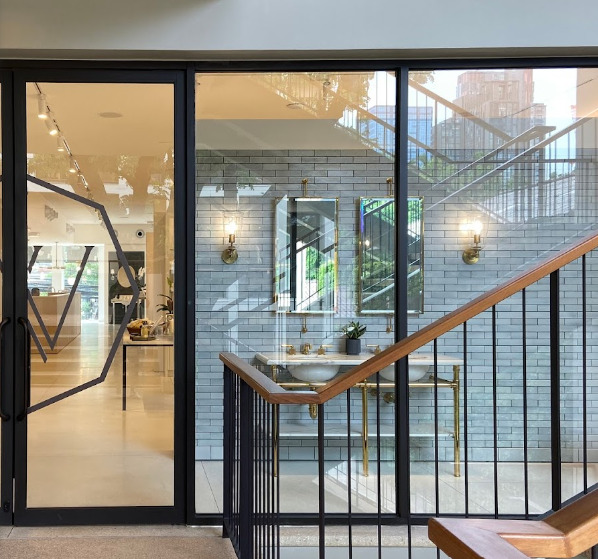The world ranking of annual instant noodle consumption per capita
Have you ever had Japanese instant noodles? Having made some research, I found more than 100 billion meals of instant noodles are eaten annually in the world. Considering the world population of 7.5 billion, people eat instant noodles at least 13 times a year. Instant noodles can be said to be the staple food for people all over the world. Some of you may say “I don’t eat that much!” I know, of course, average sometimes doesn’t make sense like this. Let me share the world ranking of annual instant noodle consumption per capita (2020) as follows:
No. 1: Korea (81 meals)
No. 2: Vietnam (73 meals)
No. 3: Nepal (54 meals)
No. 4: Thailand (53 meals)
No. 5: Malaysia (49 meals)
All of the 10 best countries were Asian countries. Japan fell just short of the top 5, ranked 6th by 47 meals, but did you know that instant noodles were invented in Japan in 1958? By the newly developed process of frying and drying noodles, people became able to eat noodles easily, only by pouring hot water. The more you get to know Japanese instant noodles, the more deeply you can taste them, I believe. Today, let’s see the more than 60-year history of improvement of Japanese instant noodles.
Instant noodles were invented in the post-war reconstruction of Japan
In 1958, though more than 10 years have passed since the end of WWII, the food situation in Japan was still bad. When almost all the Japanese people were struggling in poverty, a man stood up. He is Momofuku Ando who invented instant noodles, hoping to make the situation better, even a little bit. Even in such a time of food shortage, what he aimed at was not just calorie supply. His philosophy for the invention is good flavor, conservable, fuss-free, fair price, and safety. This would be the reason why the first product of instant noodles became a big hit, and his founded company continues to hold the top market share of instant noodles in Japan.
In the history of Japanese instant noodles over 60 years, there have been two breakthroughs. The first one took place in 1968. It was non-fried noodles, which succeeded in extending expiration dates and also making the texture of instant noodles closer to fresh noodles by not using oil. These days it may have been selected by the increase in health consciousness. Another breakthrough happened in 1992. It’s vacuum-packed raw noodles, and I still remember the impact of the launch. Indeed, the price is higher than other instant noodle products, but the texture of the raw-type instant noodles became close to real ones served at ramen restaurants.
Now, in the instant noodle market in Japan, there are roughly three categories: fried, non-fried, and raw-type noodles. People just pick what they like depending on their mood of the day. As I’ve been only writing about the improvement of noodles so far, the soup of instant noodle products has been also evolving day by day. I think this is so Japanese way of doing things: kaizen after kaizen (keep on improving). I’m sure you will be satisfied with Japanese instant noodles whichever you choose because they have survived the longest test of time in the world. If you’re interested more, you should go to the CUPNOODLES MUSEUM in Yokohama.
The reason why I’m writing about Japanese instant noodles today is because I read an article saying that Japanese instant noodles (especially region and time limited editions) are popular as a Japanese souvenir even in Thailand, one of the top five countries of instant noodle consumption. We will have a shop opening event in Bangkok next month, and now I’m thinking about what to bring as a souvenir to the staff over there. Having said that, I don’t think I can go with the idea unfortunately because instant noodles are bulky and take up too much space in my suitcase, though.


Shungo Ijima
He is travelling around the world. His passion is to explain Japan to the world, from the unique viewpoint accumulated through his career: overseas posting, MBA holder, former official of the Ministry of Finance.

